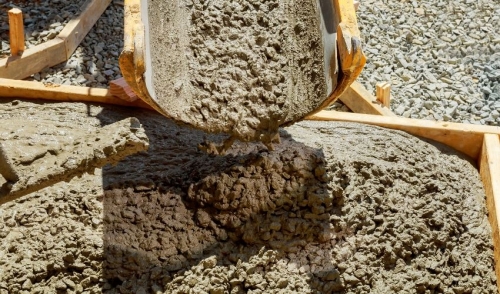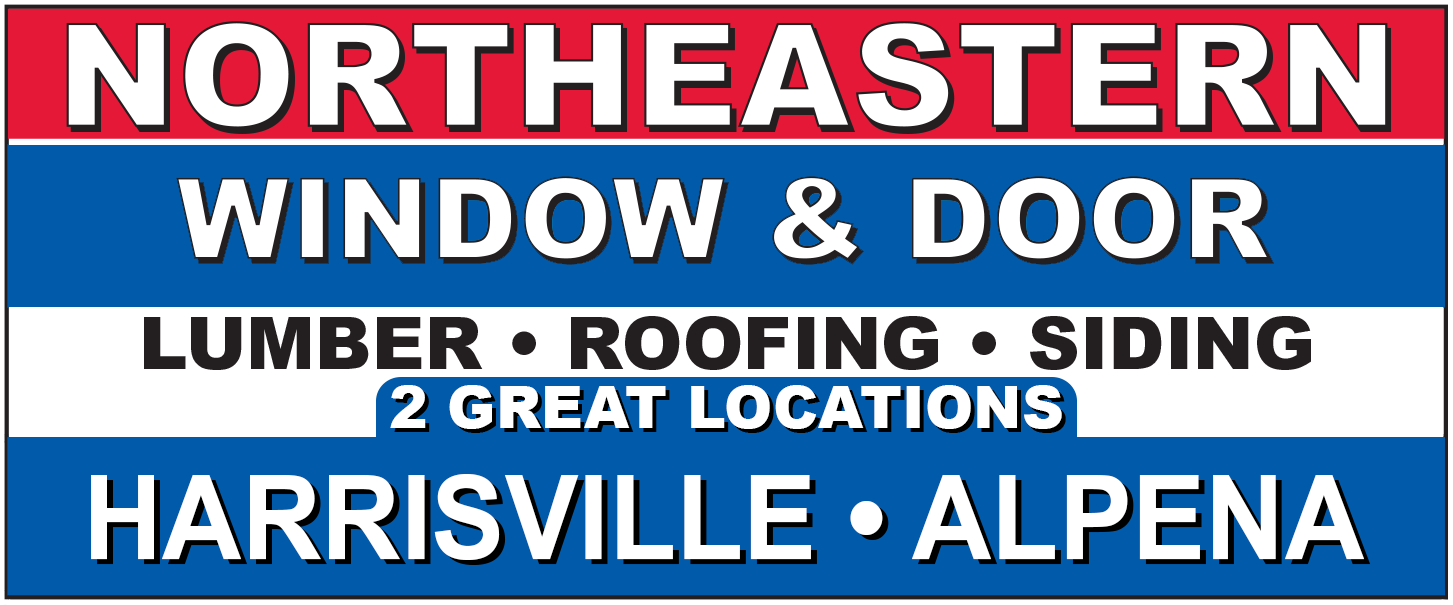How to Pour Footings for a Deck

- Share this:
- Share on Facebook
- Pin on Pinterest
- Tweet on Twitter
Secure, stable footings are essential for a good quality deck. By pouring footings properly, you give your deck a strong base so you can enjoy that outdoor living space for years.
The Importance of Footings
Footings provide the reinforced support for a column that then supports the deck structure. Footings minimize settling so the deck will remain firmly in place and level under varying conditions. Each footing transmits the load of the deck to the soil, and it is necessary that footings be balanced and even so the load does not shift or else the deck could warp or crack. Depending on the size and construction of the deck, rebar may be incorporated into the footings for additional strength, and footings can vary in size and shape.
Considerations for Proper Footings
The exact footings that will work best for your deck will depend on many factors. Even a small deck requires secure footings, but the overall size, shape, and depth of the footings, as well as the number of required footings, will depend on…- Overall deck size and weight, including capacity for the weight of extra people
- General use, including supporting heavy equipment such as a large grill or spa
- Terrain slope and type, taking into account any potential seismic activity or erosion
- Soil type and the density of sand or clay in the soil’s composition
- Climate and the potential for frost heaving and other seasonal changes
Pouring Footings
Taking your time and pouring footings properly will give your deck a more stable, durable base for many years of enjoyable use. To pour footings…- Determine the necessary size for the footings and plan for adequate materials, including enough concrete, gravel, and footing forms.
- Dig holes slightly deeper than necessary. You can dig by hand or use a power auger for faster, more even holes. The overall depth will vary based on your local conditions.
- Add several inches of gravel to the base of the hole and tamp it down to provide a secure base for the bottom of the footing.
- Place the footing form or tube into the hole, and backfill the hole with dirt to keep the form level and even.
- Fill the tube with concrete, tamping the concrete when half-full to remove air pockets and ensure a firmer structure. When filling the remainder of the tube, overfill it slightly.
- Level the top of the concrete and set the post holder firmly in place. Tamp it lightly to ensure a secure bond, and check that it is still centered and level on the footing.
- Allow the footing to cure thoroughly before adding weight to the structure. Curing time can vary from 24-72 hours depending on the concrete type, footing sizes, and local conditions.
More Tips for Stable Footings
No matter what types of footings you need to pour, how deep them may be, or how many are essential to support your deck…- Always use proper safety gear when handling any tools and equipment. This includes wearing a face mask and goggles when mixing concrete to avoid inhaling dust or getting particles in your eyes or nose.
- Mix concrete properly and follow all instructions for the proper mixture. If mixed improperly, the concrete may crack or not be as sturdy to support the weight of your deck.
- Mound soil around the footing posts after the concrete has cured to create a slope for moisture runoff. This will help direct runoff away from your deck’s foundation to keep it secure.
About us
Northeastern Window & Door opened in 1979 by Jim and Betty Smith as a small Window & Door Shop serving Northeastern Michigan. The store is now owned and operated by John Smith, Jim and Betty's son.
Jim and Betty Smith, and family, lived in the Metro Detroit area. Jim worked as a trim carpenter. They had family in Alcona County and wanted to get out of the city. Jim and Betty would come "Up North" on the weekends and Jim did side jobs when he was in the area. Jim had trouble locating materials for his jobs. He saw a need for a window and door supplier in Alcona County so he and his family relocated to Mikado in 1979 and opened Northeastern Window & Door in May 1979, on the corner of US 23 and Main Street in Harrisville. Jim sold windows, doors and trim. Jim became known as "Need trim, see Jim".

Comments